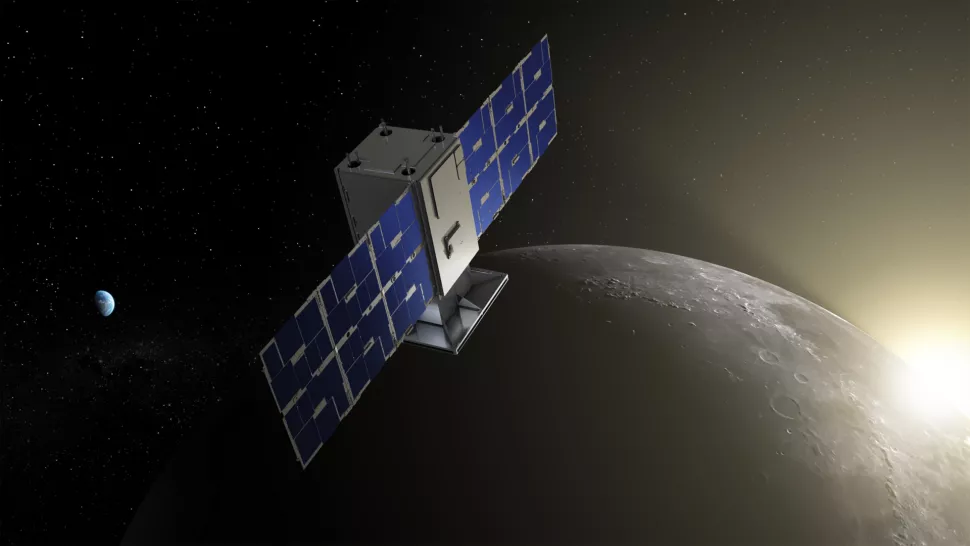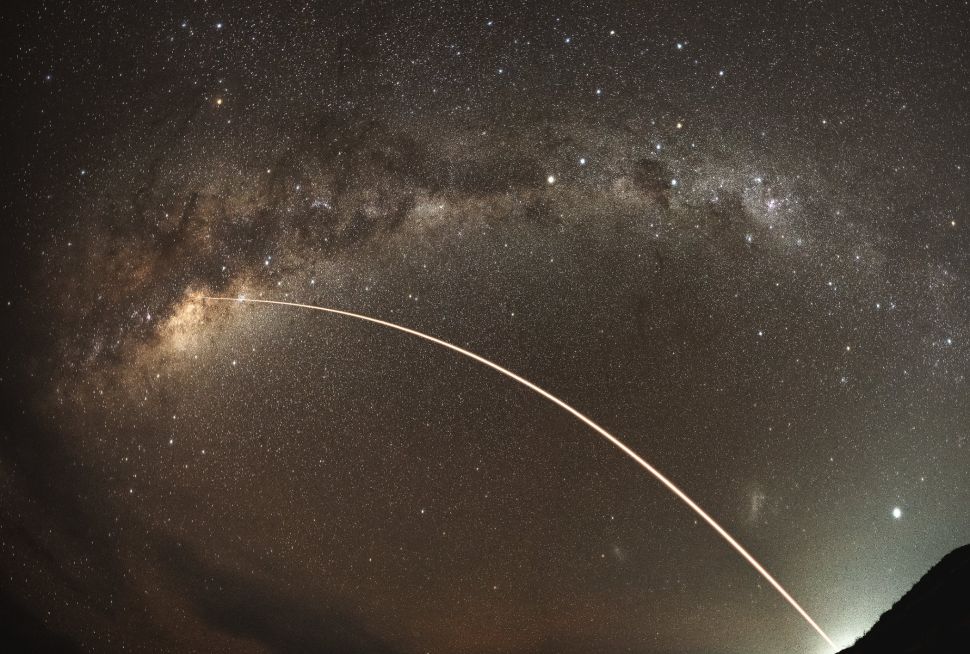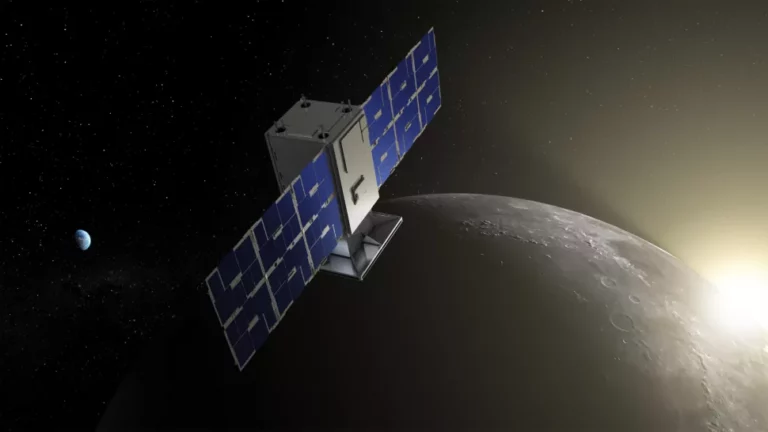CAPSTONE, NASA’s lunar probe, recovers from an 11-day communication outage.
After the spacecraft rebooted itself, communications got back to normal Monday (Feb. 6)
NASA engineers encountered a challenging situation when trying to communicate with CAPSTONE, an experimental spacecraft stationed at the moon to test an orbit for NASA’s planned Gateway space station. According to a blog post by the agency on Wednesday (Feb. 8), the spacecraft did not respond to Earth’s communications for 11 days starting on Jan. 26. Although CAPSTONE remained healthy and on track, it was unable to receive telemetry data from Earth. Fortunately, the spacecraft rebooted on Monday (Feb. 6), enabling it to restore its ability to receive commands from Earth.

CAPSTONE (which stands for “Cislunar Autonomous Positioning System Technology Operations and Navigation Experiment”) has faced challenges before, demonstrating the difficulties involved in running a cubesat-sized mission near the moon in deep space.
After launching without incident in June 2022, the CAPSTONE spacecraft faced a series of difficulties during its mission, demonstrating the difficulties associated with operating a small-scale mission in deep space near the Moon. The first issue occurred on July 4 during a stage separation maneuver, leading to a loss of contact with the probe, which was quickly resolved within a day. However, two months later, during an engine burn designed to correct the spacecraft’s trajectory, another glitch occurred, causing the spacecraft to enter a protective safe mode temporarily. After locating the faulty valve responsible for the problem, engineers were able to restore the spacecraft to its original path. On November 13, 2022, CAPSTONE became the first-ever cubesat to reach the moon, where it has since completed more than 12 near-rectilinear halo orbits, double the original six planned. Its pathfinder mission will make it easier for the Artemis program to conduct future missions and potential landings at the moon’s south pole, which contains water, possibly by 2025 with Artemis 3. This is particularly fortuitous given that Lunar Flashlight, another small NASA spacecraft tasked with reaching the same orbit, had to abandon its mission due to several propulsion issues en route.

CAPSTONE, a technology demonstration mission, is bound to encounter occasional issues during its lunar voyage, but it remains on course for the time being. The spacecraft has encountered a few smaller problems along the way, but overall, it has successfully completed its mission thus far.
One of the tests CAPSTONE was supposed to carry out, a navigation experiment developed by Advanced Space that uses data between at least two spacecraft to establish a satellite’s location when GPS isn’t available, didn’t go as planned. The spacecraft wasn’t able to obtain the “crosslink ranging measurements” required from the signal it received from the long-running NASA Lunar Reconnaissance Orbiter. NASA officials stated that more tests will be conducted on this navigation system in the coming weeks.
On a positive note, CAPSTONE has required significantly fewer orbit maintenance maneuvers than originally anticipated. NASA initially projected that the team would need to fire the spacecraft’s engine once per orbit. However, in 12 orbits around the moon, the spacecraft only required two engine firings to stay on track.
“This reduces risk and complexity for the mission and informs plans for future spacecraft flying in this orbit, like Gateway,” NASA officials wrote.
Do not forget to share your opinion with us to provide you with the best posts !




0 Comments